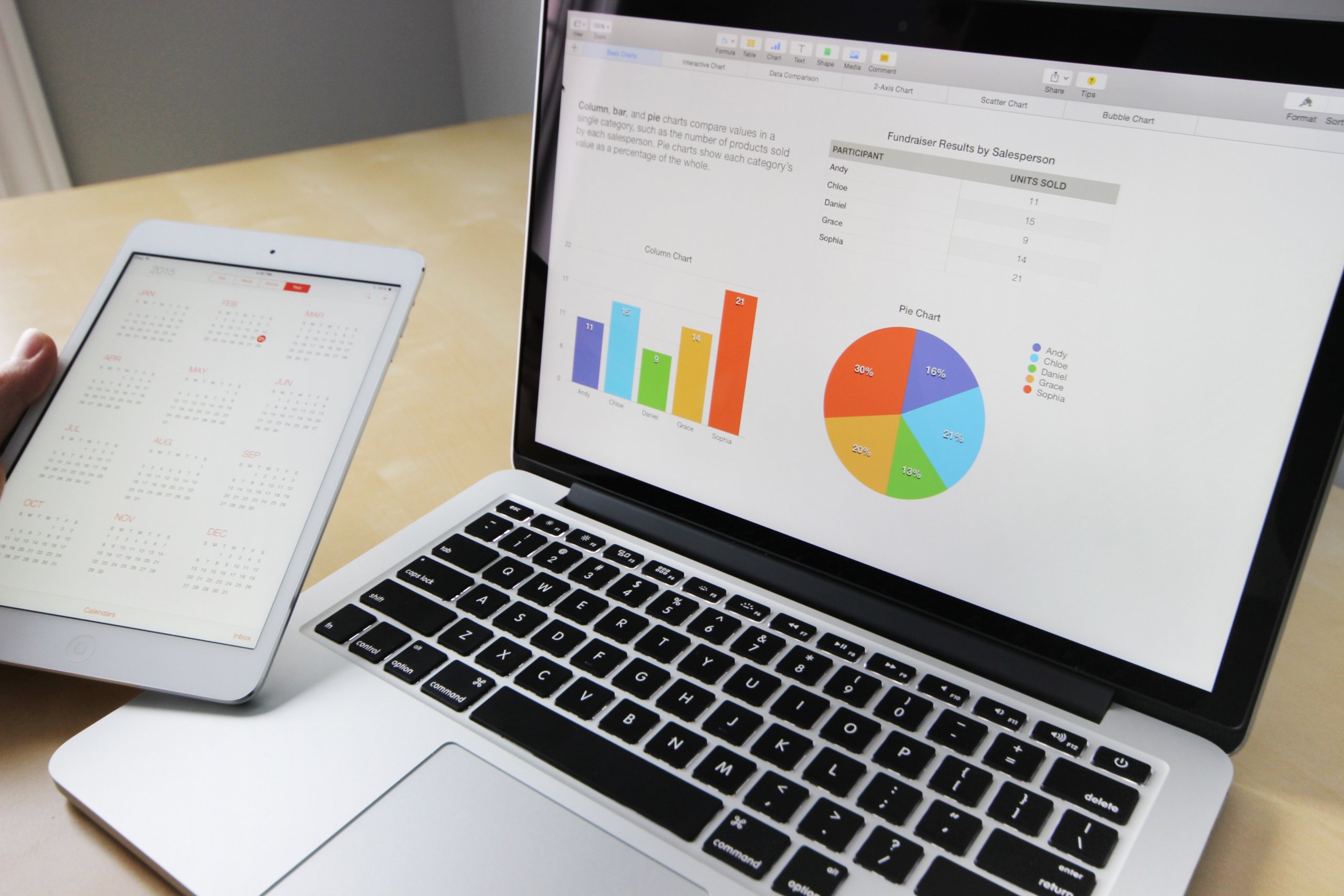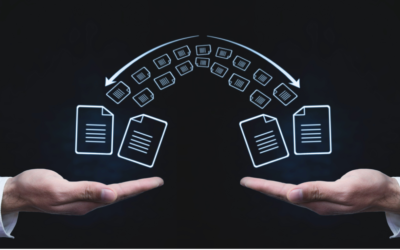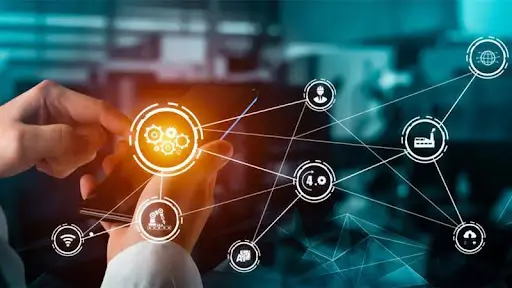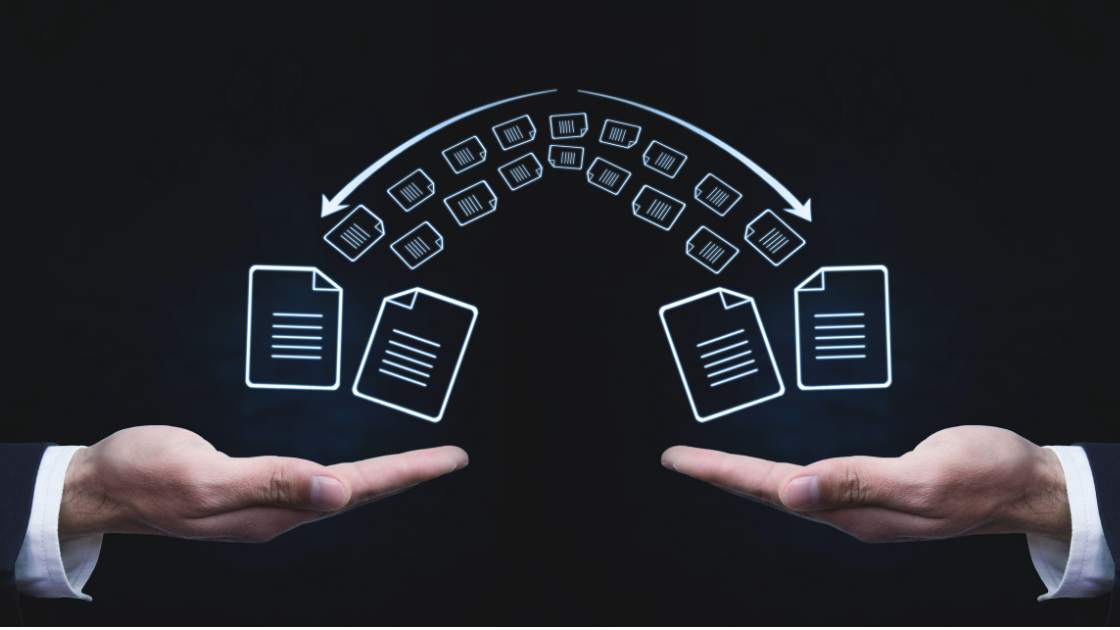The rapid adoption of digital and networking technologies over the last several decades gave birth to a continuously expanding ecosystem of IT solutions and services. Millions of people around the globe use these technologies daily, and, as a result, they generate a tremendous amount of data. According to a report on Satista[1], globally we created, captured, copied, and consumed 64.2 zettabytes in 2020. Moreover, experts project that will grow to more than 180 zettabytes by 2025. Naturally, modern-day businesses are responsible for generating and consuming a large amount of those totals. As data volumes increase, however, the importance of data also increases. This is because digital transformation and innovative business technologies help organizations process data for financial gain.
For companies using the IBM i platform to power their IT infrastructure, efficiently integrating and utilizing data is another challenge. In order to collect and use data in 2022, they need to update their systems. This can happen in two main ways. These include IBM application modernization — replacing legacy 5250 green screens with new web and mobile apps — or integrating new software tools and solutions to upgrade outdated parts of the IBM i platform.
What are some IBM i platform data problems?
Every organization with an outdated IT infrastructure has to overcome multiple data-related challenges. Firstly, an inability to integrate enterprise data applications and cloud platforms makes it impossible to empower business processes with AI or other automation technologies. Next, not supporting modern data formats hinders an organization’s ability to communicate with customers, suppliers, or partners. After that, when platforms, systems, and devices can’t exchange data between themselves on a company network, productivity drops as costs rise. These are just the most obvious sticking points. There are many other, more specific, issues across all layers of business operations.
That is why, in 2022, organizations on IBM i need updated tools to use their data effectively. Effective data use involves exchanging data with customers, suppliers, and partners. It also means integrating it across enterprise apps and platforms.
Get valuable insights on how to prevent security issues when building a user portal on this IBM guide.
How can I solve IBM i data pains?
LANSA is one of the original IBM i support providers. As a result, the company has an established understanding of the problems that affect organizations that have been using IBM i for decades and are struggling to modernize to match new requirements.
Fortunately, LANSA Integrator addresses this growing problem. It is a powerful toolset that serves as strategic middleware to transform and transport data across systems and applications.
LANSA Integrator simplifies the exchange of data between applications as well as the transfer of files between one business and another. It also provides developers with everything they need to build powerful data integration solutions for IBM i. This includes tools for data transformation, transport, and infrastructure. In addition, it simplifies integration design by providing tools to receive, extract, transform and send data. Developers only need to define the data and transformation rules and choose a data transport. After that, Integrator takes care of the detailed work and ensures data in the correct format successfully reaches its destination.
How can I integrate data on IBM i?
Integrator provides a full stack of solutions for most data exchange or transformation tasks in an enterprise IT system.
Here are several examples of how organizations use LANSA Integrator:
- Supporting multiple data formats, allowing companies to send orders to a manufacturer automatically as XML, text, or email or in an EDI format.
- Transferring files securely from desktop or laptop computers to remote servers.
- Sending data from a mobile device to an application running on a server.
- Generating SMS text messages to a mobile device describing the status of orders or deliveries in real-time.
- Connecting Java-based credit card applications to an order entry system.
- Integrating back-office applications using data formatted as XML and sent via IBM WebSphere MQ messaging services.
- Providing PDF documents, secured with digital certificates and password-protected, sent via email for contract negotiations and agreements.
- Sending procurement documents to suppliers and receiving acknowledgments from suppliers.
- Receiving text files via FTP, converting them to PDF, and then sending the PDF as an email attachment.
If you want to learn more about using LANSA’s tools for business process integration and automation, then make sure to watch this webinar. It discusses implementing solutions with LANSA Composer, a code-free design and execution platform for integrating business activities:
What are some features and capabilities of LANSA Integrator?
Integrator is also an extremely flexible toolset that allows companies to choose from an array of formats to satisfy their data transformation and integration requirements.
Here are some technical details about Integrator’s data integration capabilities:
What IBM i Data access sources does Integrator support?
- Access data using SQL from ODBC or JDBC databases including DB2 on IBM i, Microsoft SQL Server, Oracle, Sybase, and also MySQL
- File formats include CSV, TSV as well as TXT
- Microsoft Excel workbooks
- LANSA working list services
- Remote function invocation for Java developers
- ASC X12 and UN/EDIFACT EDI file formats and Standard Exchange Format Editor
- Unicode, ASCII, and EBCDIC data encoding
- Simultaneous multiple client data encoding and locale information
What Message sources are supported?
- ActiveMQ (Apache), SonicMQ (Progress Software), Rendezvous (Tibco), WebLogic JMS (Oracle) as well as WebSphere MQ (IBM)
- Java Message Services API
- SMS text messages via SMTP or HTTP.
What Document and file sources are supported?
- File management (move, copy, delete)
- PDF service to create text and graphical PDF documents
- ZIP service to create and extract archive files as well as directories
What Email services are supported?
- Send and receive email messages (POP3 and SMTP)
- Email attachments
What Web services and protocols are supported?
- REST, SOAP and XML Web services;
- JavaScript Object Notation (JSON) XML services
- XSL style sheets for data transformation (XSLT)
- Embedded XML parsing with XML editing
- Visual XML Wizard maps XML schemas and XML documents to LANSA and 3GL program data structures
integrator also:
- Reads, writes, and parses XML
- Supports streamed XML
- Validates XML documents using DTD and XML schema.
What Transport services are supported?
- HTTP, HTTPS, FTP, SFTP, SMTP, POP3, and messaging software
- JSM Direct HTTP service extension for Web services
- EDIINT AS2, AS3, in addition to EDI
- Secure SMTP email
- TCP/IP versions 4 and 6.
What Database sources are supported?
- DB2 on IBM i servers
- Microsoft SQL Server, MySQL, as well as Oracle and Sybase on Windows servers
- Oracle on Linux servers
- JDBC accessible databases
What IBM i specific services are supported?
- Native services support data queues, message queues, and user-space communications
- Documents stored in the Integrated File System for read and write access
Are there other IBM i integration points available?
For even easier and more streamlined data integrations, you can also use over 190 Data Connectors for Visual LANSA.
CData Visual LANSA Connectors make it easy to connect Visual LANSA 15 with a wide range of popular on-premise and SaaS applications for CRM, ERP, marketing automation, accounting, and also collaboration.
Because of its comprehensive metadata discovery capabilities for every data source, LANSA Connectors make it easy to explore data based on user identity. Flexible and extensible NoSQL flattening also simplifies the direct connection of Visual LANSA with complex hierarchical data. Finally, the data model exposed by CData Visual LANSA Connectors is customized to add or remove tables and columns as well as change data types without requiring a new build.
Are you ready to get started with IBM i application modernization today?
LANSA’s platform combines all the right modern-day software development and digital transformation technologies. As a result, it helps organizations leverage the power of automation and digital transformation. LANSA is the solution for organizations that need IBM i modernization and data integration quickly but also reliably, and with limited developer resources.
Ready to begin? Get in touch with us to start using Visual LANSA for your app development and modernization needs.
If this has piqued your interest, then you can learn more about IBM i modernization by reading these articles:
- Integration: It’s Not As Difficult As You Think
- An Introduction To Low-code Data Integration Tools
- Powerful Data Extract, Transform, Load Solutions To Turbocharge Your Business
[1] https://www.statista.com/statistics/871513/worldwide-data-created/








